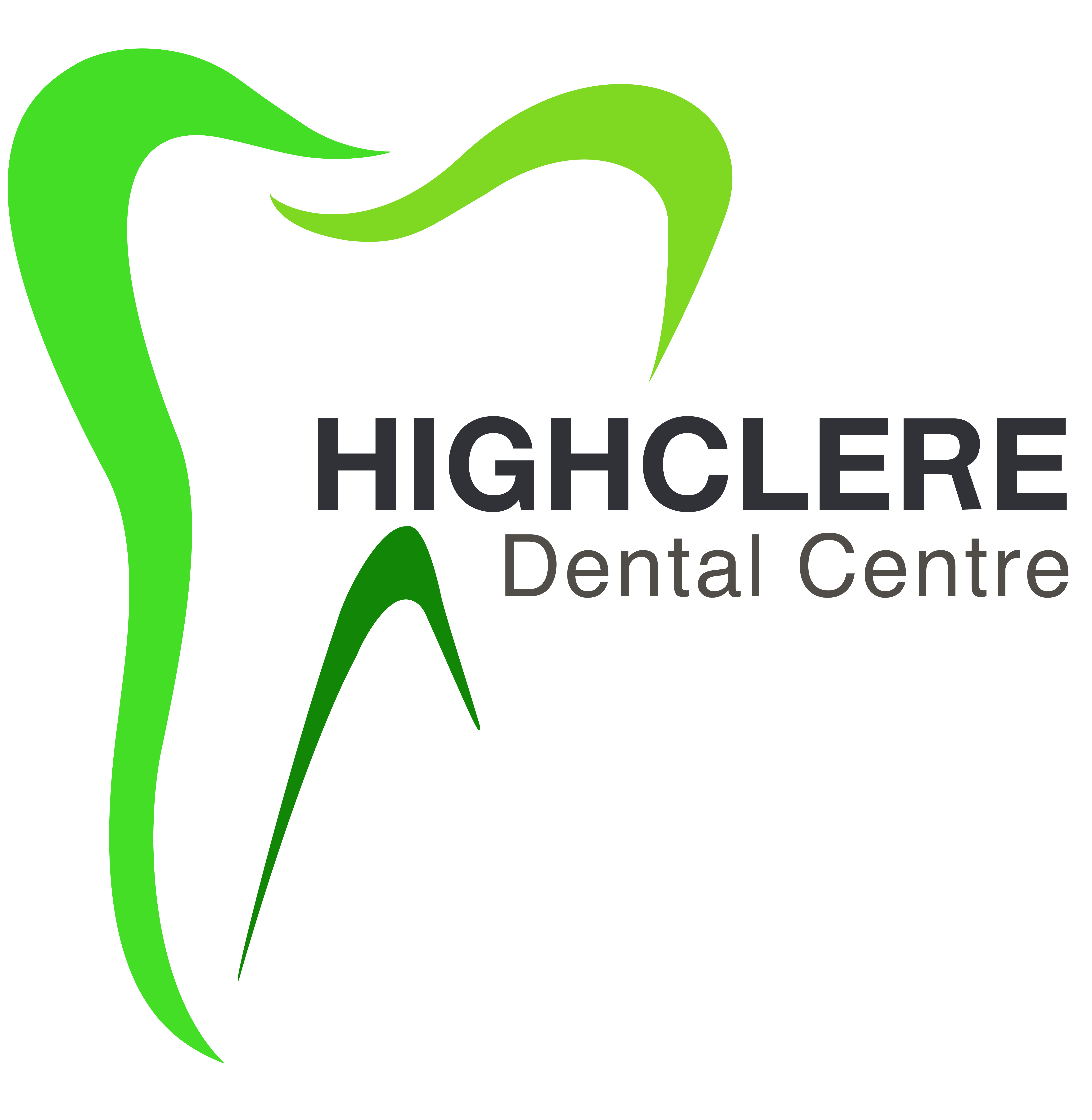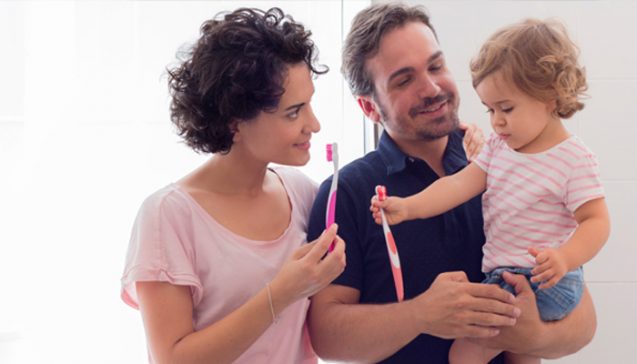You’ll no doubt be aware that brushing your teeth, which removes the plaque that causes tooth decay and gum disease, is important. What you may not know is that how often you brush, how long you brush for, the kind of technique and toothbrush you use all matter too.
To gain the maximum benefit from brushing your teeth, you should be brushing for at least two minutes morning and night, spending roughly 30 seconds on each quarter of your mouth. Think that sounds like too much hard work?
Firing up your streaming service, playing your favourite three minute pop song and brushing until the end is one fun way to make sure your teeth get all the cleaning they need.
It’s all in the technique
If you’re like most people, you probably don’t give too much thought to how you brush your teeth, beyond squirting on some toothpaste, and brushing back and forth.
But as your dentist will tell you, how you brush your teeth matters a great deal. You should be cleaning your teeth systematically, starting at the back with the toothbrush bristle at the gumline or at a 45° angle, brushing gently in a circular motion, and finishing with a spit, not a rinse. If you have an electric toothbrush, you should be guiding the moving brush head slowly from tooth to tooth following the contours of the tooth and the curve of the gums.
Regardless of the brush you use, try to avoid brushing with too much force as this can damage the surface of your teeth. And as for the toothpaste? You only need a pea-sized amount to get the job done.
Tools of the trade
You are always best using a soft-bristled toothbrush with a small head and a flexible neck because this will most effectively remove plaque and debris from your teeth, without damaging your teeth and gums and drawing blood. Try to replace your brush at the first sign of wear-and- tear or every three months, whichever comes first, and if you’ve just had a cold, replace your toothbrush so you don’t get reinfected by the germs in the bristles.

